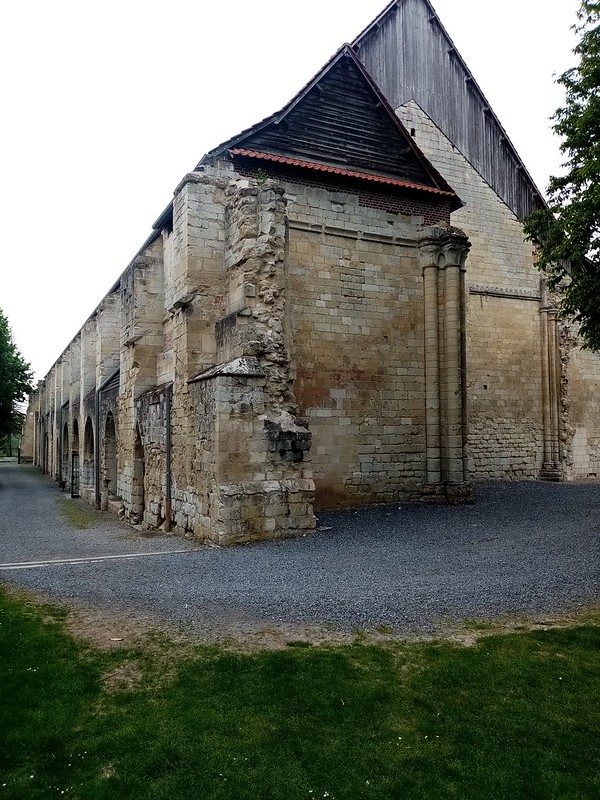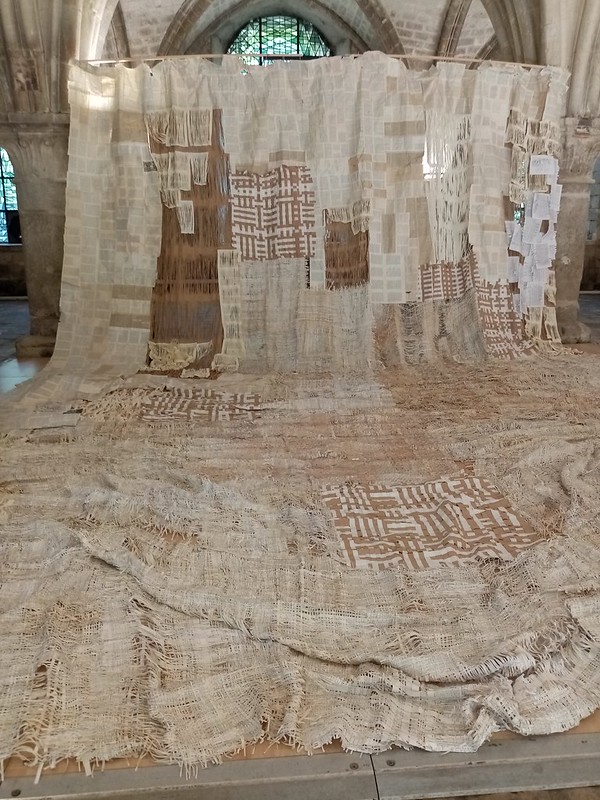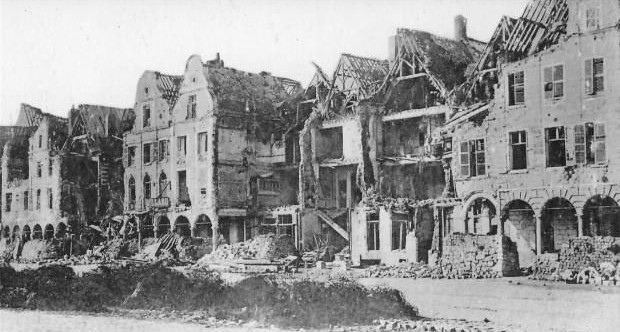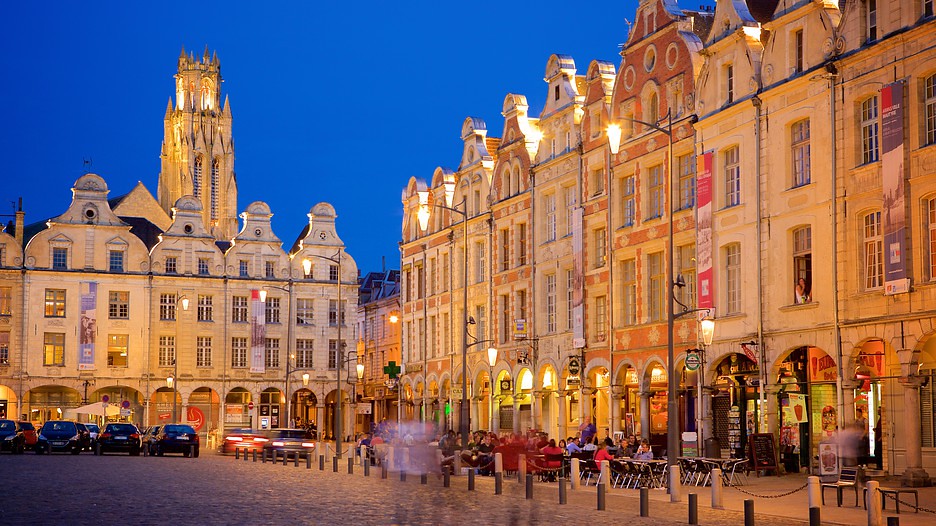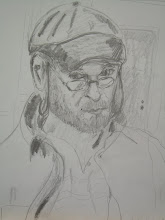We Gotta Get Out of This Place
All of the charm of Nic village is in it's people. As charming as they are, that was not enough to keep us here for long.
Ramon and Lucy were extremely generous to us. They made us several meals. One was a deep fried fish. It was whole and deboned, and quite tasty. On Christmas day she made sandwiches, a local tradition. These consist of slow-cooked beef, as tender as you can get it. It was served in it's own juices but not so liquid that the Bimbo (that's the brand name) white, very white and very floppy bread couldn't hang together long enough for you to eat it. It was very good. For the first time since we'd been here (by now about a week), they served beer. Nic explained that el Salvadorans frown upon drinking. They think that if you drink at all you drink to excess. There is no in between.
Another meal we had some tamales. These tamales, unlike the other's we've had in el Sal, have some meat in them. In one I ate there was chicken, a chicken leg with the a bit of the bone included! As usual, the masa was quite tasty. One day we had a wonderful chicken stew. They chicken was probably running around the yard earlier in the day. Peg ate some of the eggs. The chickens have chosen a spot to lay right next to Nic's door. It's easy to see how many eggs you have, and just as easy to step in chicken poop as you walk in and out. Makes you be thankful for shoes and makes you wear them all the time.
Ramon works for someone in the village who has some bees. They use some German technology which has significantly boosted production. He says you can work with the Africanized bees. You have to use more smoke and exercise greater caution. Ramon let us taste the honey, served with the comb. It was good honey. Out back he has a coconut tree. He said compared to the coconuts you get in the US, these are much more tender, and much better. He was right about them being more tender, but both Peg, I, Nic and Jeanine find them to be unpleasant, being mushy, and tasteless at best.
We went on several visits during our time in La Dumpa. We met Adepio and Marta, both warm, friendly and welcoming, and maybe one or two of their eight children and perhaps a batch or two of grandchildren. Marta has been to the US. Nic likes their 'comida' the best. I think they severed us some tamales, rice and beans and tortillas, of course. They were joking about how one of their grandsons had injured his penis. He jumped off a ledge, which shoved a sharp object in his pocket into his penis. He screamed far louder than necessary, they said, but they took him to a doctor in San Sal for some stitches anyway.
We ate on our laps. This is a common practice. I recall only once sitting at a table. Here we got to sit on chairs. At Lucy's we sometimes sat in the hammock. I preferred to sit in the hammock at Lucy's, because it was indoors while the seats were on the porch, where the two annoying dogs begged, the chickens constantly tried to climb in your lap and if unsuccessful would poop on your shoe.
While we are they sat. This is also common practice. Visitors are fed when they get there, and often the family has already dined.
Another day we visited the House of Women. The mother had five or six daughters, the husband gone or dead. The daughters who had children all had girls, four or five perhaps, and the fathers were gone or dead. They were such lovely people I didn't suspect them of murdering any of the fathers.
Theirs was the most attractive house we'd seen in the village. It was fairly new and paid for largely by remittances from the oldest daughter, who works for Neiman Marcus in personnel. I gathered she made no more than $30,000 a year. She had no high school diploma or if she did, that was all she had, so I could not imagine her making even that much. She rented an apartment for something like $600 a month and had a roommate. But her English was quite good, so she could be very helpful dealing with Spanish speaking employees.
One day Nic took us on a walk up the hill to the cisterns. A previous Peace Corps couple helped set up a water project which brought potable water to the village for the first time. The area mayor put up the $80,000 it took to build the cisterns and lay the pipe. The cisterns are filled from a small stream. The pipes are about ½ mile in length and are gravity fed. The pipe installed in one cistern was installed too high so that cistern does not feed the system. As a result of this or other issues, there is not enough water pressure to serve the whole village, so only one section at a time has water.
There are three sections. One can be shut off independently, but the other two can not. A villager goes to each house and turns the water on and off. Some villagers want their water on when it's supposed to be off, so the section being served at that time does not always have enough pressure. By the time we left, the village council had established a fine for anyone who turned their water on during off periods.
Ramon has a well so during off periods you still have water, but you can't drink it. But you can take a shower and flush the toilet. But you can't really flush Nic's toilet by operating the handle because it is clogged. It will flush if you pour enough water in it. No one had gotten to the point where finding a plunger or snake seemed like the thing to do.
My 'guests' chose this time to make their grandest exit. This only involved minor inconveniences unless someone else was in the bathroom. As it happened, I nearly died only once. Nic was trying to get the toilet to drain while I danced around the living room, Jeanine watching my face get increasing pale. As this was going on she explained that PCVs (Peace Corp Volunteers) in el Sal spend a lot of time dealing with issues like this. How lovely.
But at least I was sleeping well. I still can't figure out why. The bed Peg and I were sharing was at most a single. I spent nights perched on the 2x4 frame edge. But this seemed better than what Nic and Jeanine were doing- sharing the hammock. Not a double wide one, just a single. They looked like they were in hog heaven, and if the sounds coming from the backyard were any indication, that's exactly where they were.
 Beach restaurant in Fuoco
Beach restaurant in Fuoco
Within a few days I found myself singing “We Gotta Get Outta This Place”. Jeanine heard me and laughed. Two bus rides later we were in a beach town, El Fuoco. It has to be one of the world's ugliest beach towns. The beach is lined with tin roofs held up with sticks. Dogs wander about, some looking not too healthy. Our hotel cost $35 a night, with threadbare sheets and no hot water. Just as well. When there is hot water in el Salvador, it's produced by a device attached to the shower head. We've both received shocks when we tried to adjust the water flow or temperature.
We ate a lovely dinner in a dumpy hut on the beach (none of the restaurants had names) . It was a deep fried fish, it was very good, and it was only $5.00, but we just had to get out of that place.

